What are the Developments of Servo Motor?
The name "Le-Servomoteur" or slave motor was used by Farcot in 1868 to describe hydraulic and steam engines for use in ship steering. Actual origins of the term are lost in antiquity, but Otto Mayr cites a book published by the Farcot family that contains the first printed use of this term. In 1896, H Calendar in England developed the first electric servo-mechanism, which was a contactor-actuated "follow-up" device for use with strip chart recorders. In 1898, Nikola Tesla experimented with "wireless control" of model ships on the Potomac fiver basin He also used electric contactor "servo-motors" to steer model & ps remotely. (Contactor servo is another name for time-optimal or "bangbang" servo.)
In 1908, Elmer Sperry used electric contactor "servo-motors" for his gyroscopic compasses. In 1911, Henry Hobart defined servo-motor in his electrical engineering dictionary. In 1916, Lawrence Sperry filed a US patent application for an aerial torpedo in which a "servo-motor" moved the rudder to steer the course. By 1915, the term "servo-motor" was firmly entrenched within the language of America's community of electrical engineers, and perhaps elsewhere The term is certainly of French origin rather than English.
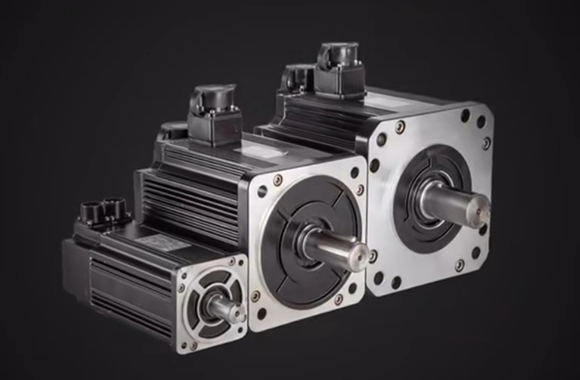
In 1922, work began at General Electric on "electronic Selsyn-servos" for use in directing naval guns By 1925, GE engineers had built an electronic servo using proportional control plus rate feedback for stability, all elements of modern servo mechanisms. By 1930, both GEand Westinghouse were making strip chart recorders that used electronic servo motors for driving the pen mechanism. By 1933, Leeds and Northrup offered a chart recorder with a DC servo, similar to the GE approach, all of these developments were empirical in nature, with little or nothing in the way of theory to support them Minorsky's work on ship steering was the first effort to bridge the gap between practical applications and analytical or mathematical theory.
The concept of the servo-motor is much older than the use of the term. The Greeks used wind-driven servo-motors to continuously adjust the heading of their windmills so the turbine blades always faced into the wind. Early history is difficult to trace because of differences in language and terms used in various quarters. The English-language terms governor, regulator, and follow-up device preceded the use of servo motor. Many authors note that James Watt developed his fly-ball governor for regulating speed of steam engines long before the term servo-motor came into use.
Even today, many terms are inter-related with servo motor. In modern terms, servo-mechanisms are feedback control systems incorporating servo-motors. Therefore, servo-motor as now used is only a component of servo-mechanism It is a power actuator that drives the load servo-mechanism, regulator, and feedback controller all possess several attributes in common. The reference input expresses the desired value The controlled variable is brought into correspondence with the reference input by the actuator The disturbance function perturbs the process a feedback means is used to evaluate the difference (or actuating error) between reference input and some function of the controlled variable a servo-mechanism is usually associated with positional control.
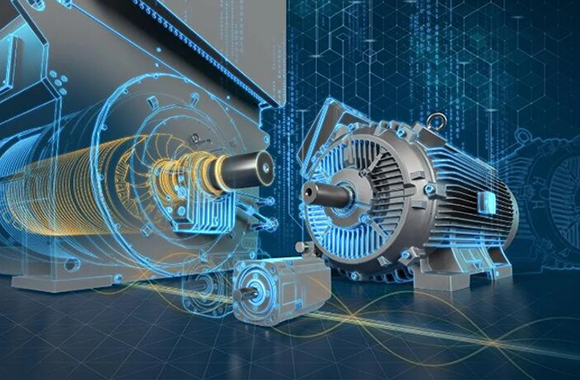
Calendar's Idea
At the turn of the century, "sensitive galvanometers" were used to detect weak electric signals. Although other types of galvanometers were also in use, the sensitive galvanometer was a deflection galvanometer similar to modern micro-ammeters. Since the needle was driven by the signal, it was incapable of developing adequate torque to drive a recording pen across chart paper. Calendar overcame this deficiency by mounting a motor-driven carriage across the width of the chart paper. The carriage supported electrical contacts (for the motor) that straddled the galvanometer needle. When the needle moved sufficiently, it closed a contact, actuating the motor and driving the carriage to correspond with the needle position. Galvanometers remained a common detector or discriminator for electric servo-mechanisms even into modern times. Other commonly used sensitive detectors utilize a torque balance arrangement with a mirror reflecting light on photocells in a bridge configuration.
Subsequent Developments
The modern era of automatic control began around 1930. Development by trial and error typified the early period described above. This empirical approach was superseded by a newer scientific approach based on building control systems from elementary components, the characteristics of which are well known. The mathematics became available to permit design by analysis and synthesis. World War II stimulated rapid development of servomechanisms to train guns and other implements of war.
In 1908, Elmer Sperry used electric contactor "servo-motors" for his gyroscopic compasses. In 1911, Henry Hobart defined servo-motor in his electrical engineering dictionary. In 1916, Lawrence Sperry filed a US patent application for an aerial torpedo in which a "servo-motor" moved the rudder to steer the course. By 1915, the term "servo-motor" was firmly entrenched within the language of America's community of electrical engineers, and perhaps elsewhere The term is certainly of French origin rather than English.

In 1922, work began at General Electric on "electronic Selsyn-servos" for use in directing naval guns By 1925, GE engineers had built an electronic servo using proportional control plus rate feedback for stability, all elements of modern servo mechanisms. By 1930, both GEand Westinghouse were making strip chart recorders that used electronic servo motors for driving the pen mechanism. By 1933, Leeds and Northrup offered a chart recorder with a DC servo, similar to the GE approach, all of these developments were empirical in nature, with little or nothing in the way of theory to support them Minorsky's work on ship steering was the first effort to bridge the gap between practical applications and analytical or mathematical theory.
The concept of the servo-motor is much older than the use of the term. The Greeks used wind-driven servo-motors to continuously adjust the heading of their windmills so the turbine blades always faced into the wind. Early history is difficult to trace because of differences in language and terms used in various quarters. The English-language terms governor, regulator, and follow-up device preceded the use of servo motor. Many authors note that James Watt developed his fly-ball governor for regulating speed of steam engines long before the term servo-motor came into use.
Even today, many terms are inter-related with servo motor. In modern terms, servo-mechanisms are feedback control systems incorporating servo-motors. Therefore, servo-motor as now used is only a component of servo-mechanism It is a power actuator that drives the load servo-mechanism, regulator, and feedback controller all possess several attributes in common. The reference input expresses the desired value The controlled variable is brought into correspondence with the reference input by the actuator The disturbance function perturbs the process a feedback means is used to evaluate the difference (or actuating error) between reference input and some function of the controlled variable a servo-mechanism is usually associated with positional control.

Calendar's Idea
At the turn of the century, "sensitive galvanometers" were used to detect weak electric signals. Although other types of galvanometers were also in use, the sensitive galvanometer was a deflection galvanometer similar to modern micro-ammeters. Since the needle was driven by the signal, it was incapable of developing adequate torque to drive a recording pen across chart paper. Calendar overcame this deficiency by mounting a motor-driven carriage across the width of the chart paper. The carriage supported electrical contacts (for the motor) that straddled the galvanometer needle. When the needle moved sufficiently, it closed a contact, actuating the motor and driving the carriage to correspond with the needle position. Galvanometers remained a common detector or discriminator for electric servo-mechanisms even into modern times. Other commonly used sensitive detectors utilize a torque balance arrangement with a mirror reflecting light on photocells in a bridge configuration.
Subsequent Developments
The modern era of automatic control began around 1930. Development by trial and error typified the early period described above. This empirical approach was superseded by a newer scientific approach based on building control systems from elementary components, the characteristics of which are well known. The mathematics became available to permit design by analysis and synthesis. World War II stimulated rapid development of servomechanisms to train guns and other implements of war.
Post a Comment:
You may also like:

Category
Featured Articles
What is a Servo Motor?
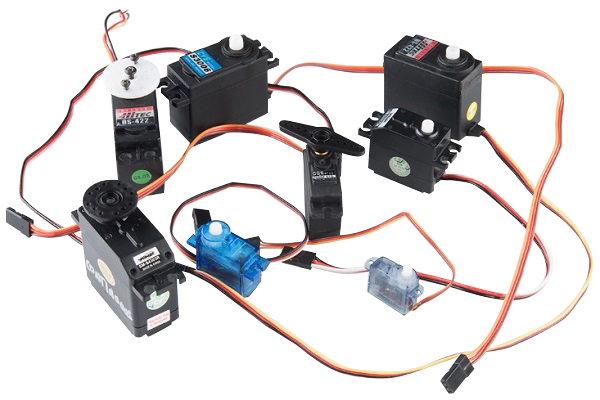 There are some special types of application of electrical motor where rotation of the motor is required for just a certain angle ...
There are some special types of application of electrical motor where rotation of the motor is required for just a certain angle ...
 There are some special types of application of electrical motor where rotation of the motor is required for just a certain angle ...
There are some special types of application of electrical motor where rotation of the motor is required for just a certain angle ...How to Select the Suitable Power ...
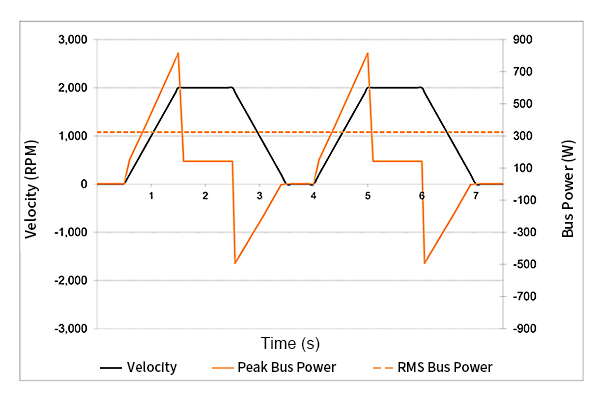 It's important to consider the unique demands of a motion control application when selecting a power supply. During ...
It's important to consider the unique demands of a motion control application when selecting a power supply. During ...
 It's important to consider the unique demands of a motion control application when selecting a power supply. During ...
It's important to consider the unique demands of a motion control application when selecting a power supply. During ...What are the Types of Servo Motor?
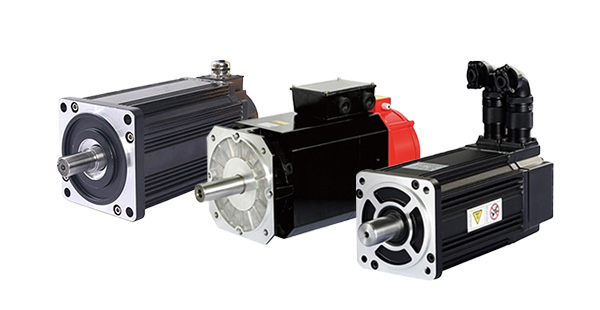 There are some special types of application of electrical motor where rotation of the motor is required for just a certain angle ...
There are some special types of application of electrical motor where rotation of the motor is required for just a certain angle ...
 There are some special types of application of electrical motor where rotation of the motor is required for just a certain angle ...
There are some special types of application of electrical motor where rotation of the motor is required for just a certain angle ...How to Maintain Servo Motor?
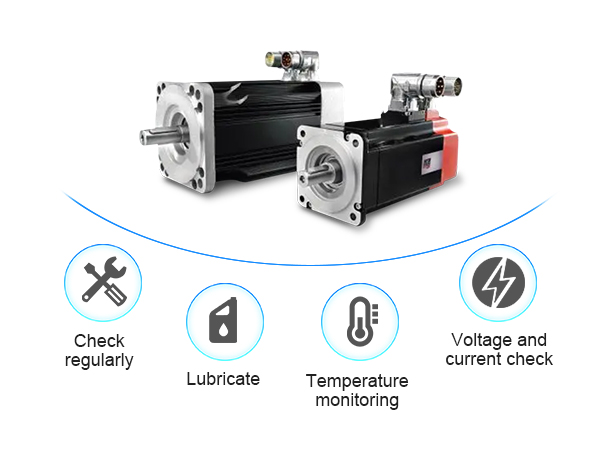 Servo motors play a crucial role in various industries, serving as precision control devices in applications ranging from ...
Servo motors play a crucial role in various industries, serving as precision control devices in applications ranging from ...
 Servo motors play a crucial role in various industries, serving as precision control devices in applications ranging from ...
Servo motors play a crucial role in various industries, serving as precision control devices in applications ranging from ...How to Test Servo Motor?
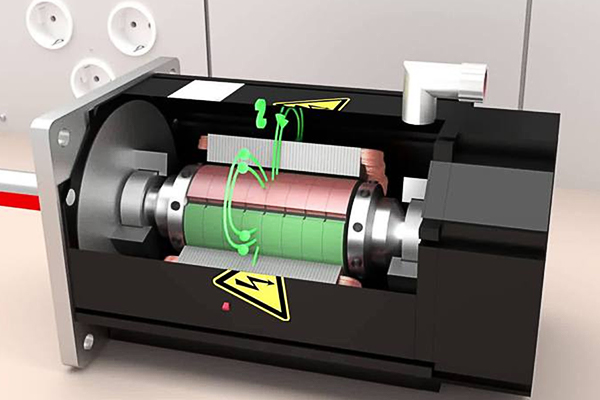 Servo motors are devices that convert electrical signals into mechanical motion and are widely used in industrial automation, ...
Servo motors are devices that convert electrical signals into mechanical motion and are widely used in industrial automation, ...
 Servo motors are devices that convert electrical signals into mechanical motion and are widely used in industrial automation, ...
Servo motors are devices that convert electrical signals into mechanical motion and are widely used in industrial automation, ...